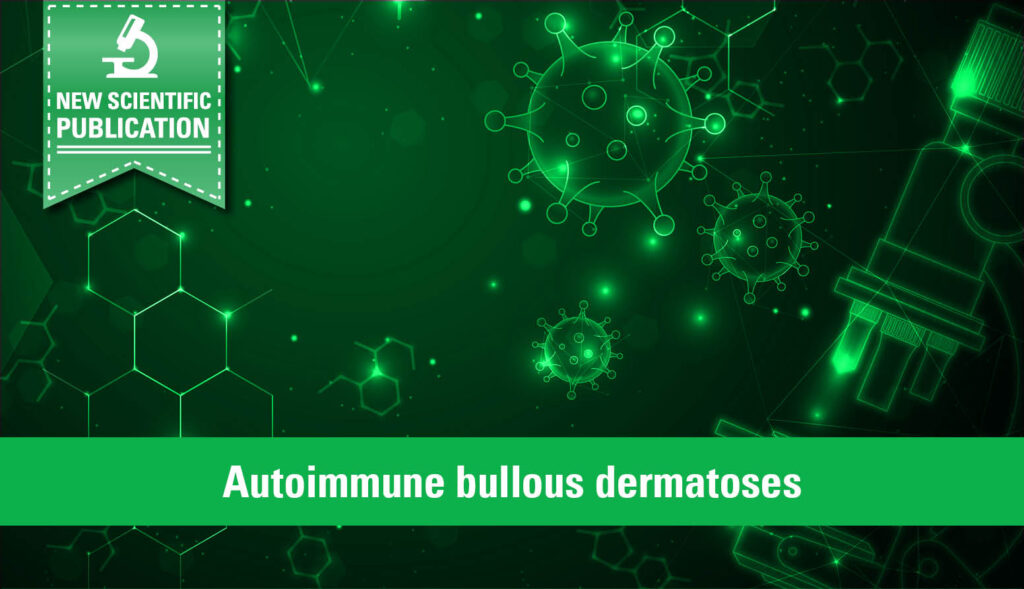Deep neural networks incorporating segmentation provide highly accurate classification of immunofluorescence patterns on the tissue substrates esophagus and salt-split skin for detection of autoimmune bullous dermatoses (AIBD). A recently published study in collaboration with researchers at the Department of Dermatology and Lübeck Institute of Experimental Dermatology of the University of Lübeck, Germany describes the development and evaluation of the classifiers.
AIBD are a heterogeneous group of autoantibody-driven diseases characterised by blistering and erosion of the skin and mucous membranes. They include pemphigus diseases, pemphigoid diseases and dermatitis herpetiformis. Differentiation of the disease sub-entities is crucial for treatment decisions.
Indirect immunofluorescence (IIF) microscopy using tissue sections of esophagus and salt-split skin is one of the most sensitive screening methods for initial differentiation of AIBD. IIF on esophagus detects autoantibodies against epithelial and endomysial antigens. IIF on salt-split skin discriminates autoantibodies against the basement membrane zone. The interpretation of the complex IIF patterns is, however, challenging and not well standardised.
Training datasets for computer-aided evaluation were generated by incubating biochip slides containing millimeter-sized sections of the tissue substrates with different dilutions of routine patient serum samples and controls. Images were subsequently acquired using the EUROPattern Microscope 1.5. Results from the computer-aided evaluation were compared to findings from manual evaluation by experienced IIF technicians.
A major challenge for automated IIF evaluation on esophagus and salt-split skin is that the small structures relevant for classification are only present in certain parts of the tissue substrates. Standard deep networks are not suitable for processing these images due to limitations in computer memory and the number of available training images. Therefore, segmentation was applied to focus the attention of the classification networks to the crucial regions. The developed algorithms showed a high accuracy for pattern classification on esophagus and salt-split skin, with an agreement of over 95% with results from visual reading. The positive predictive agreement was above 97% for all positive IF patterns on both tissue substrates, and the negative predictive agreement was at least 95% for all patterns.
Thus, deep networks can be adapted to the evaluation of complex tissue substrates by incorporating segmentation of relevant regions into the prediction process. The classifiers are an excellent extension of the screening methods for AIBD and can reduce the workload of professionals when reading tissue sections in IIF testing.
Read more about the development and evaluation of the classifier in the journal Frontiers in Immunology.
Hocke J. et al. Computer-aided classification of indirect immunofluorescence patterns on esophagus and spilt skin for the detection of autoimmune dermatoses. Front. Immunol. 14:1111172. doi: 10.3389/fimmu.2023.1111172
